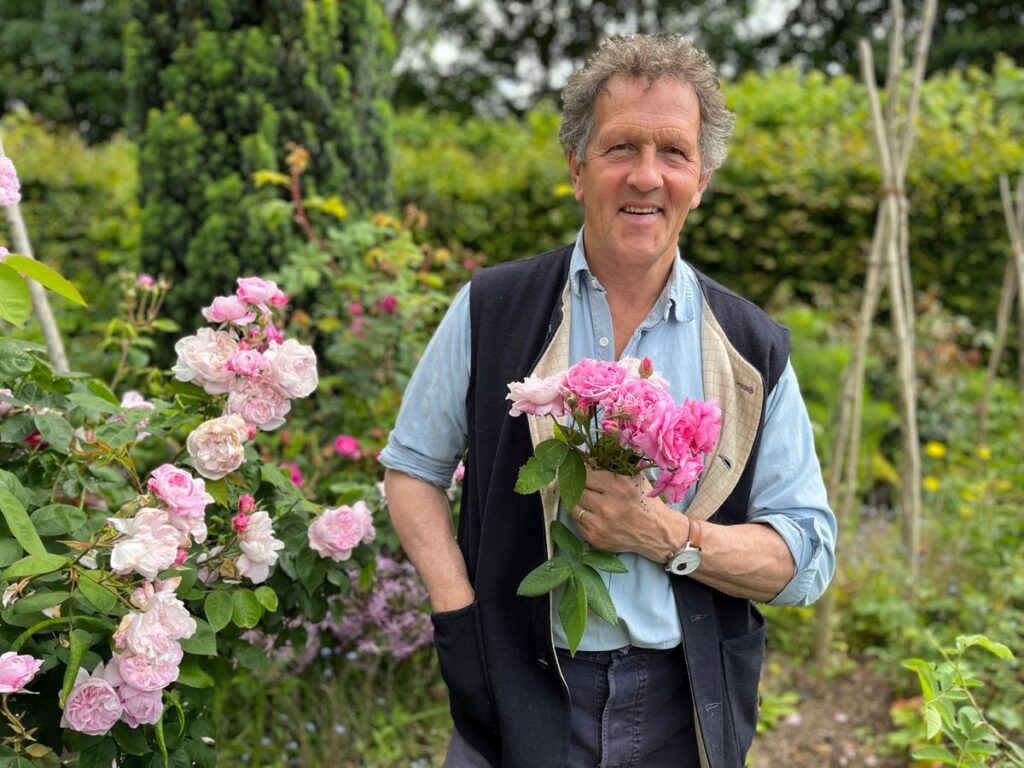Monty Don’s Urgent Warning: Prune These Plants in June Before It’s Too Late!
Every gardener knows that pruning is essential—but in June, it becomes a powerful tool to shape the future health and beauty of your garden.

Done right, pruning encourages stronger growth, improves plant structure, and sets the stage for next year’s blooms. This month, Monty Don, the trusted voice of British gardening, recommends focusing on three key types of plants: wisteria, early-flowering shrubs, and fruit-bearing trees like apples, pears, and grapes.
Let’s take a closer look at what Monty advises—and how it can give your garden a noticeable boost.
Wisteria: Tame the Vines After the Bloom
By mid-June, wisteria typically finishes its blooming season. According to Monty, this is the perfect window to get your pruning shears out. All new shoots from this year should be cut back to a spur—leaving about six inches of growth. This not only tidies up the plant but also helps direct energy into stronger, more focused growth.
During this process, it’s a great time to train any wayward stems and tie them in securely. Don’t let the vines trail or dangle loosely—structure is key. If you’re unsure how hard to prune, Monty recommends playing it safe: cut lightly for now. Then, once winter arrives and the plant goes dormant, you can return and trim each side shoot down to just two or three inches for a sharper finish.
Early-Flowering Shrubs: A Post-Bloom Refresh
For shrubs that flower in spring, June is the moment to clear away the old and make room for new life. Pruning now gives the plant time to grow fresh, sturdy shoots that will be ready to bloom beautifully next spring.
Monty says mature shrubs should be cut back hard. Most of the flowering stems should go, leaving behind healthy shoots to carry the plant forward. If your shrub is old or overgrown, you don’t have to do it all at once. Remove only a third—or at most a quarter—of the oldest stems down to the base. This kind of phased pruning renews the plant over a few years without shocking it.
Younger shrubs, meanwhile, benefit from more gentle grooming. Trim away the weakest growth and lightly clip the rest into your desired shape. After pruning, Monty strongly recommends a three-step follow-up: weed the area, give the plant a good watering, and mulch with compost. It’s also a good opportunity to take semi-ripe cuttings from straight, non-flowering stems for propagation.
Apples, Pears, and Grapes: Less Is More
June is also a critical time for fruit trees. You might notice your apple or pear tree shedding some fruit. This natural process, known as the “June drop,” helps the tree conserve energy and focus on ripening the fruit that remains. But trees aren’t always precise in their choices—so Monty suggests stepping in.
By thinning out the fruit clusters yourself, you can ensure better results. Select the two healthiest fruits per cluster—making sure they’re not touching—and remove the rest. This encourages the remaining fruit to grow larger and ripen more evenly.
Importantly, it also reduces the strain on the tree. Heavy clusters later in the season can cause branches to bend or even break. Thinning now prevents damage and leads to a more successful harvest.


